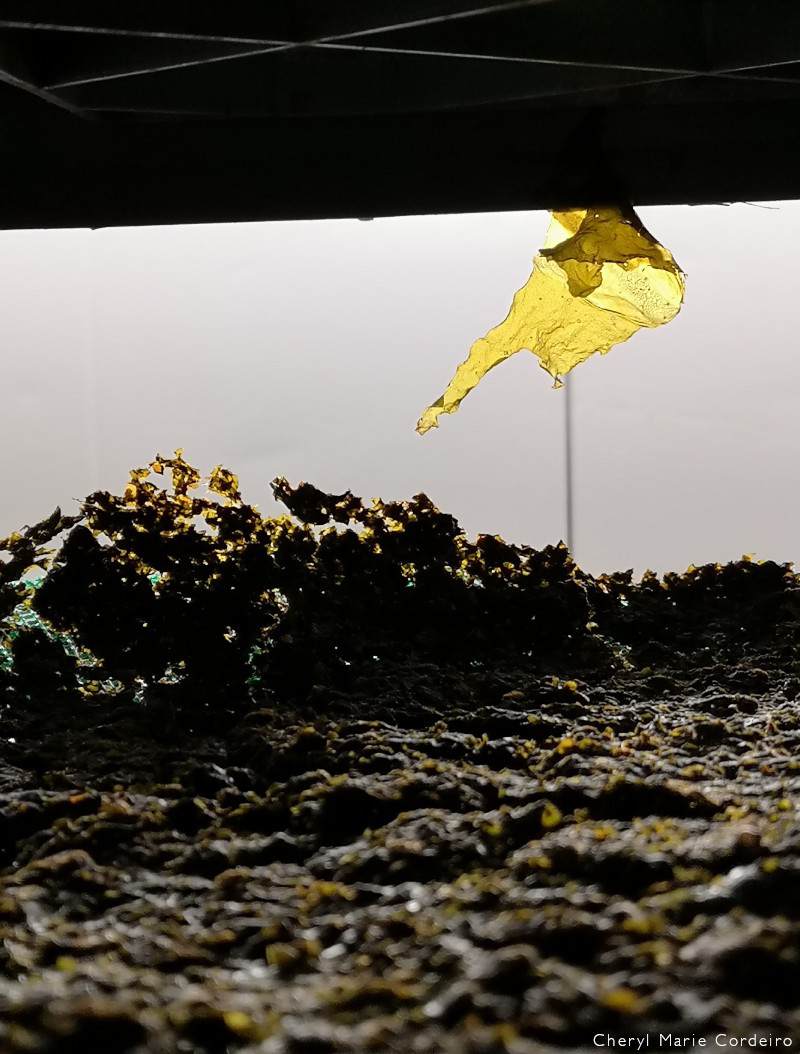Air dried seaweed at Ocean Rainforest, Færoe Islands 2019. Ocean Rainforest produces high quality seaweed of various types. The seaweed are farmed in the pristine offshore waters of the Færoe Islands. Their products include Saccharina Latissima (sugarkelp/kombu/breiðbløðkutur sukurtari), Alaria Esculenta (winged seaweed/wakame), Laminaria Digitata (tangæe / oarweed/tarablað) and Palmaria Palmata (dulse/dilisk/søl).(Ocean Rainforest, 2010)
Text & Photo © JE Nilsson & CM Cordeiro 2019
Ecology values of seaweed aquaculture
The use of marine algae/seaweed in culinary presentations and gastronomy in Far Eastern countries such as China, Japan, South Korea and parts of Southeast-Asia is well known. In Scandinavia however, seaweed is mainly associated with humble origins, local coastal activities and historical narratives (Efstathiou & Myskja, 2018). In Norway, seaweed was regularly washed ashore during storms, making harvest of the seaweed accessible for use for animal feed and as soil fertiliser (Indergaard, 2010). During the 18th century in the Scandinavian coastal regions, seaweed was also gathered to produce potash and soda ash that were used for cleaning and to make glass. The alginate industry blossomed in the 1960s in Norway when seaweed was harvested manually from the coast for applications in the food industry as a thickening agent.
Moving on about fifty years to modernity, the past decade has witnessed a (re)discovery of seaweed as a natural resource and raw produce. Seaweed is increasingly studied and understood for its fundamental grounding in ecological values that are much needed in the management of today´s natural resources and marine environments. Seaweed is proving to be not only a valuable industry resource with potential applications as biofuel that can help mitigate carbon dioxide emissions in terms of substitution for fossil fuels (Milledge, Smith, Dyer, & Harvey, 2014), but it can also help with global adaptation to the effects of extreme weather condition in a warming hemisphere, for example, by damping wave energy and protecting shorelines, and by increasing oxygen supply in the waters that mitigate ocean acidification (Duarte, Wu, Xiao, Bruhn, & Krause-Jensen, 2017).
To that extent, the aquaculture of seaweed is the fastest-growing component of global food production (FAO, 2018). And while that is good news, considering the increasing market demand and applications of seaweed in various industries, seaweed aquaculture is currently constrained due to competition for suitable aquaculture areas. Other challenges that seaweed aquaculture faces are inadequate engineering systems capable of coping with rough offshore conditions, such as the type of weather we encountered for the day, on our way to visit Ocean Rainforest, as well as the lack of environmentally friendly automated harvesting and processing technologies.
Nutritional value of seaweed
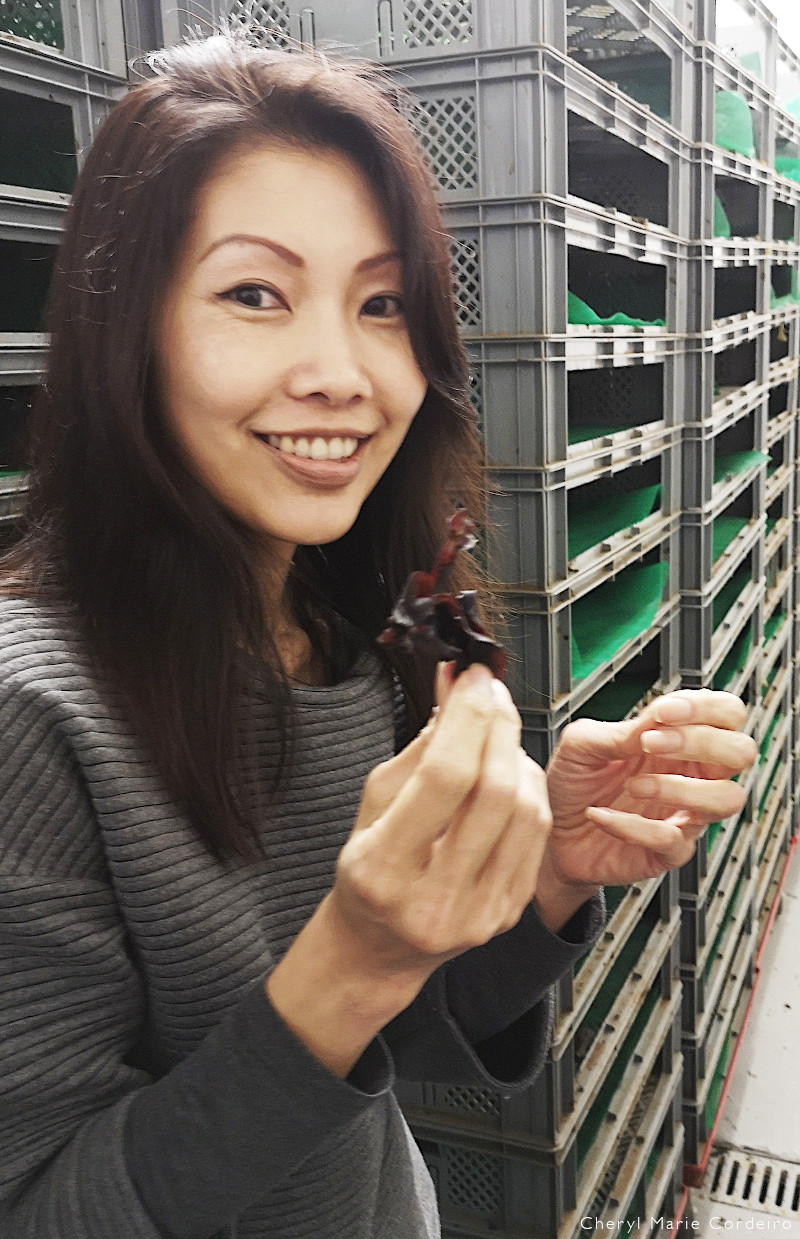
I have in my hand, some air dried red dulse or palmaria palmata. Known as the Irish chewing gum, this red seaweed is wonderfully savoury and has an umami flavour (Mara Seaweed, 2016).
The nutritional and functional health effects of seaweed have been widely studied. The table (Table 4, (MacArtain, Gill, Brooks, Campbell, & Rowland, 2008:537)) below shows a comparison between the minerals contained in seaweed types, and land-produced vegetables. Seaweed is rich in some health-promoting molecules and materials such as, dietary fiber, Omega-3 fatty acids, essential amino acids, and vitamins A, B, C, and E.
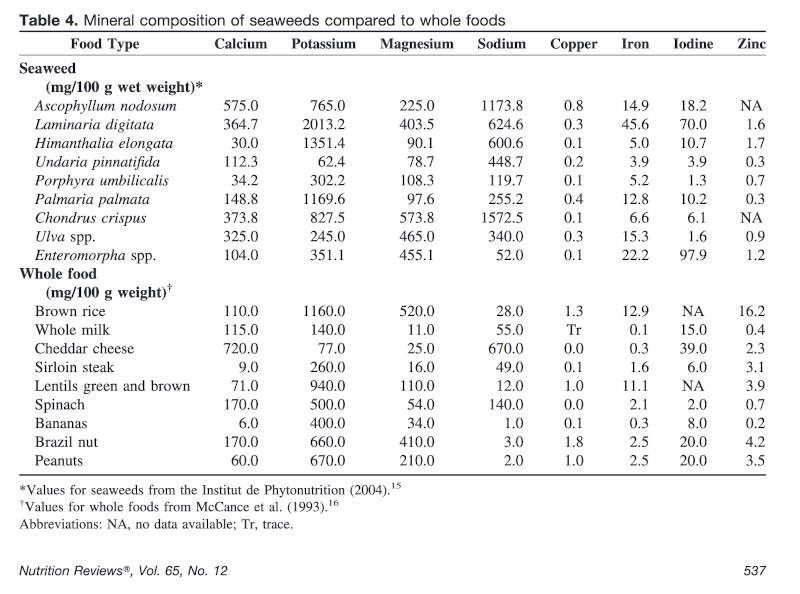
Some varieties of seaweeds contain higher levels of minerals than terrestrial food-stuffs due to their marine habitat. MacArtain et al (2008) showed in their study that an 8g portion of Ulva lactuca or sea lettuce provides 260 mg of calcium, which equals 37% Reference Nutrient Intake (RNI) of calcium for an adult male. In comparison, the same portion of cheddar cheese provides 5% of the RNI. Iron and copper are also present in seaweeds at higher levels than many well-known terretrial sources of food. There is more iron in an 8g serving of dry palmaria palmata or red dulse than in 100g of raw sirloin steak. Brown seaweed typees are good sources of magnesium, copper, iron and iodine. An 8g daily intake of kombu as used in Asian cooking contains 65% RNI for magnesium. (MacArtain et al., 2008).
Future applications of seaweed aquaculture
While the seaweed aquaculture industry faces some physical and technological challenges, the benefits of seaweed farming if not the main purpose in contributing to nutriceuticals, healthcare and the gastronomy industries, is substantial in terms of climate change adaptation and effects mitigation. In a new application of seaweed, recent studies using batch-fermentation of seaweed suggest that the red macroalgae Asparagopsis taxiformis has the potential to reduce methane (CH4) production from beef cattle by up to ~ 99% when added to Rhodes grass hay, a common feed in the Australian beef industry, thus substantially reducing methane emissions (Duarte et al., 2017; Roque et al., 2019).
At farm/regional level analysis, locating seaweed farms in areas of high risk from extreme weather impacts such as low-lying coastal regions vulnerable to flood storms or areas prone to ocean acidification/oxygen depleted waters, may provide a strategic solution to coastal and marine environmental management. The proximity of between farm and processing also needs considering when spatially planning the location of seaweed farms if the life-cycle carbon dioxide emissions are to be considered for minimal impact of seaweed aquaculture on its surrounding environment.
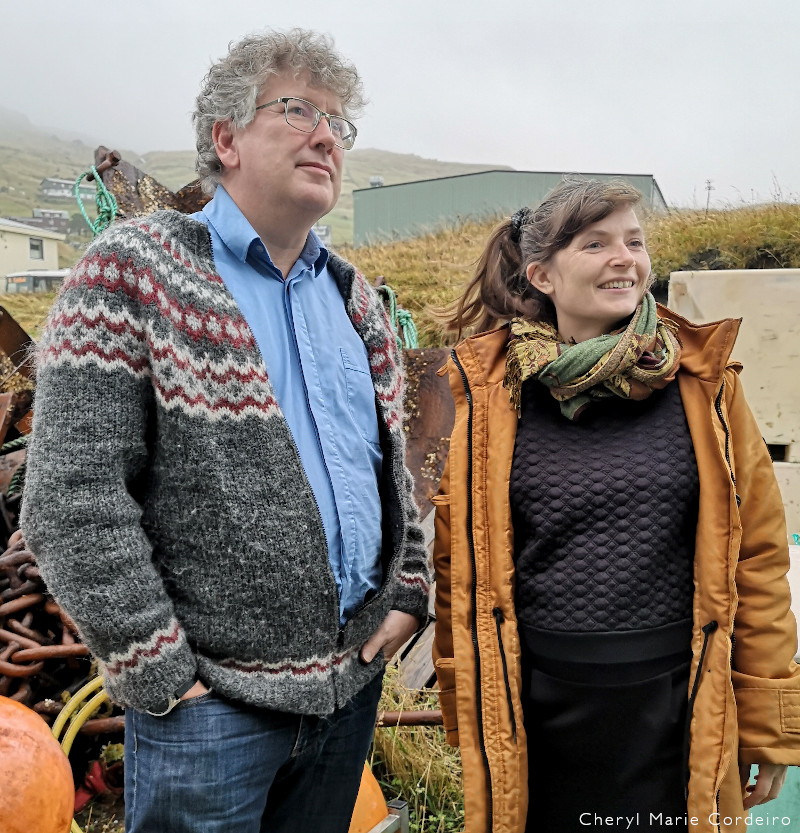
L-R: Ólavur Gregersen, is Managing Director and Co-founder of Ocean Rainforest. He is also the Dissemination and Exploitation Manager of the European H2020 BioBased Industry project “Macro Cascade”, and the Technical Director of the US ARPA-E funded project “MacroSystems”. Dr. Urd Grandorf Bak is Research and Innovation Manager at Ocean Rainforest. She has expertise in environmental biology and geography and macroalgae cultivation.
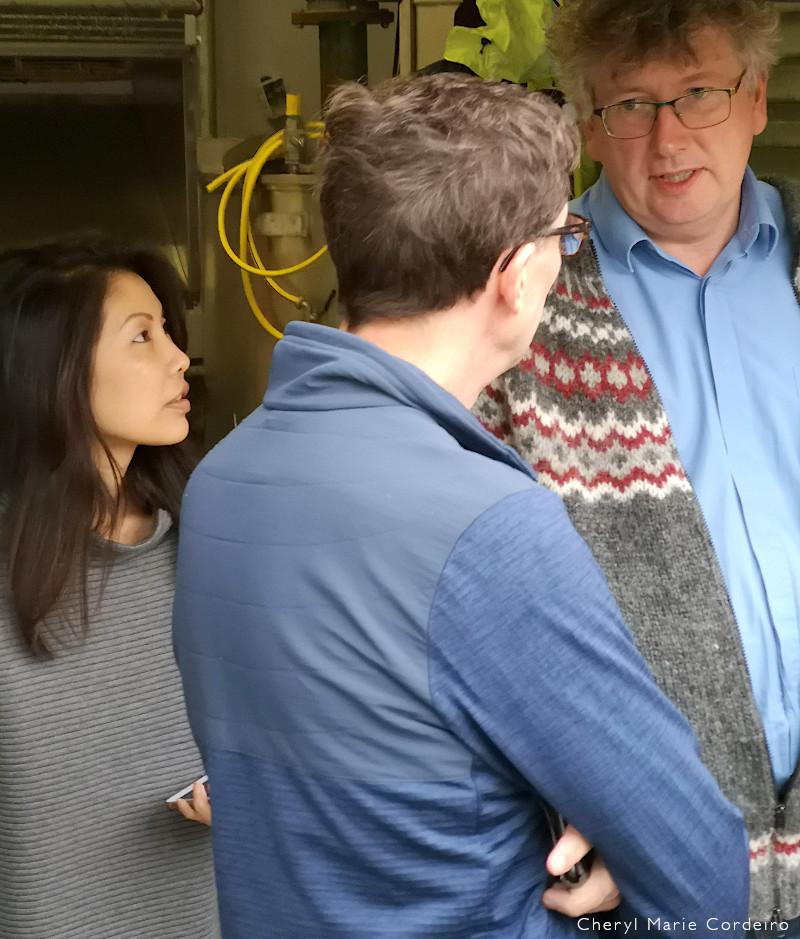
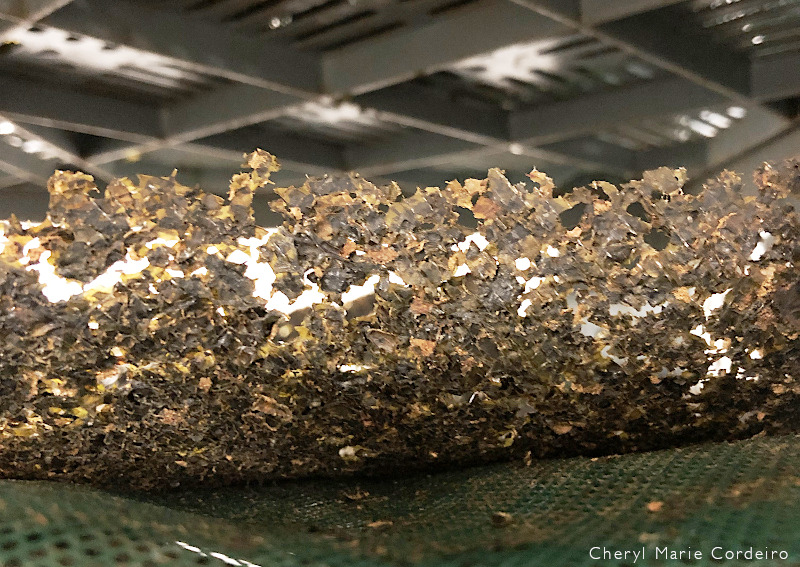
Air drying sugar kelp or the species saccharina latissima, which is a brown algae of the family Laminariaceae. This type of kelp grows substantially well in the north east Atlantic Ocean, the Pacific Ocean and the Barents Sea south to Galicia in Spain. Delicious but I personally prefer red dulse over sugar kelps.
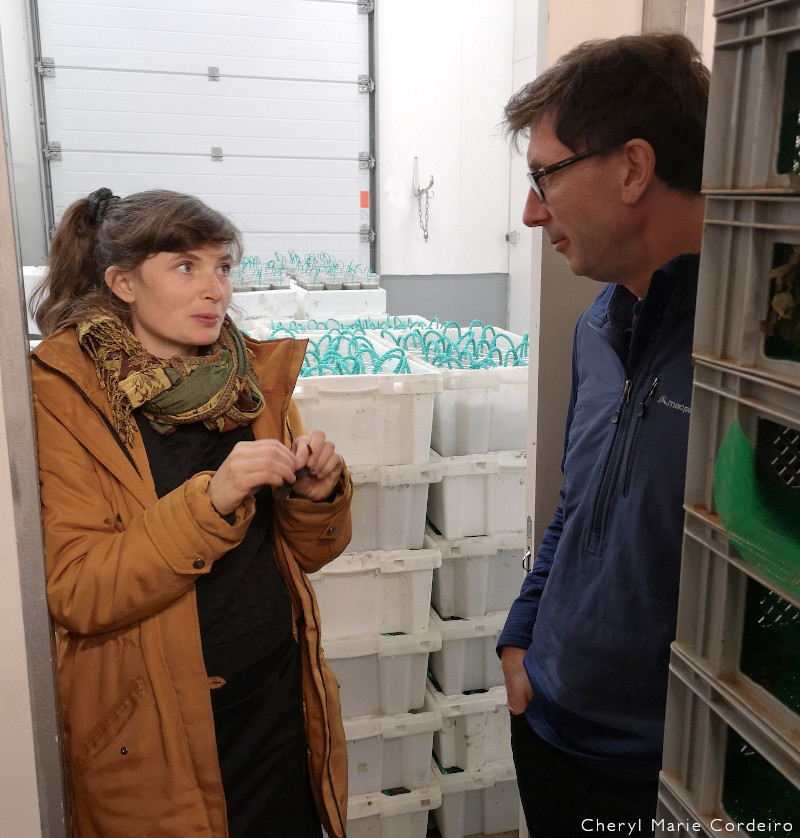
L-R: Dr Urd Grandorf Bak, and Dr. Philip James, who is Senior Research Scientist at Nofima in Tromsø. He is currently Project Leader/Coordinator for an EU project titled AquaVitae (Bremnes, 2019) and he has expert knowledge in wild collection, roe enhancement and the farming of sea urchins from eggs to market.
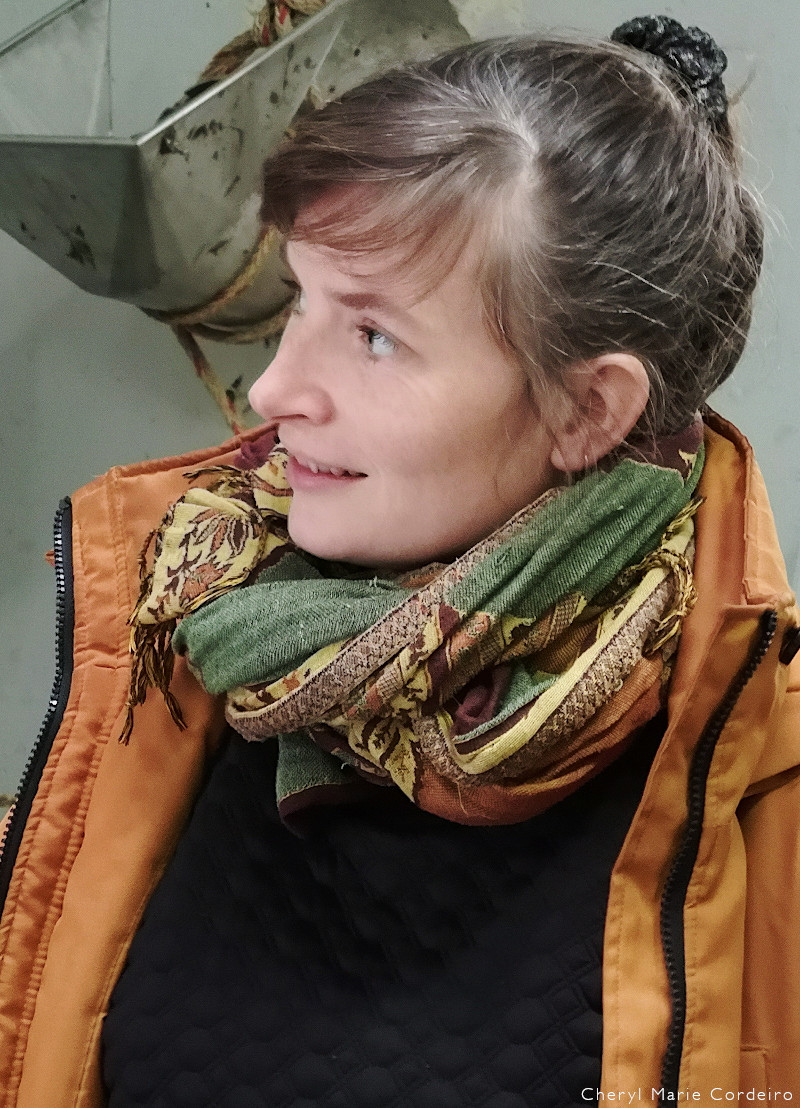
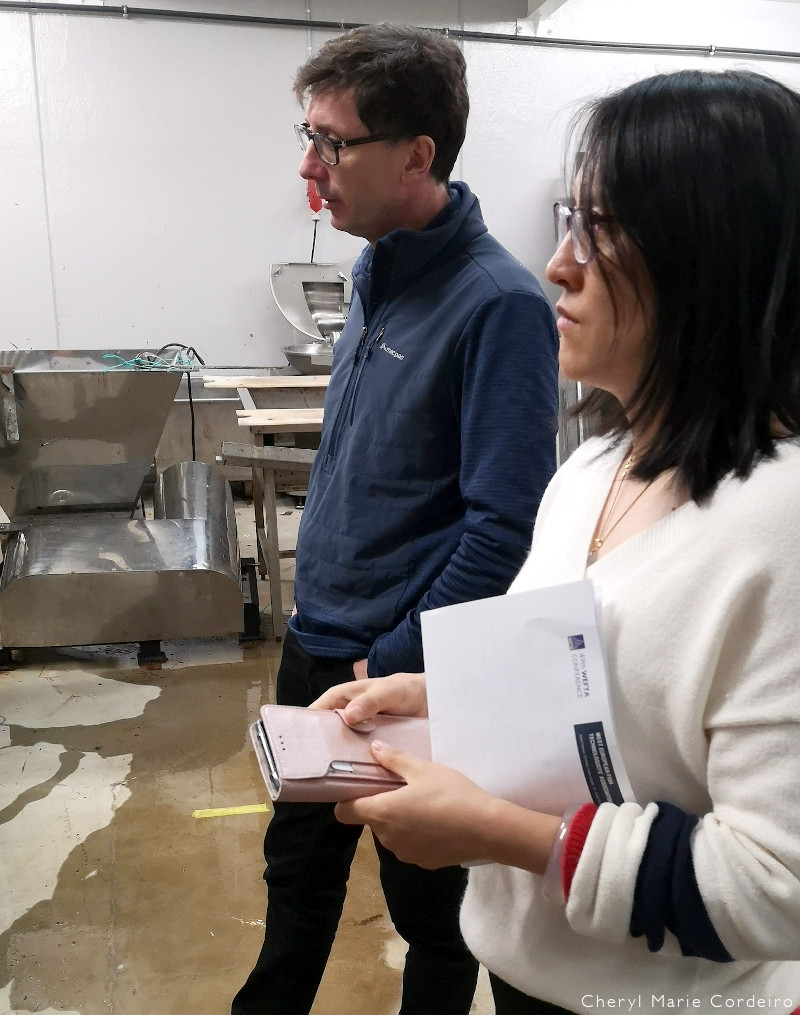
L-R: Dr. Philip James, and Dr. Wang Xinxin, who is Postdoc at the Department of Production Biology at Nofima. She has expertise in integrated multi-trophic aquaculture (IMTA), environmental interaction, biochemistry of Atlantic salmon, exploitation of new protein and lipid source for fish feed, using microalgae for production of cosmetics and food supplements. She also researches improved techniques to the production of macroalgae in Northern Norway.
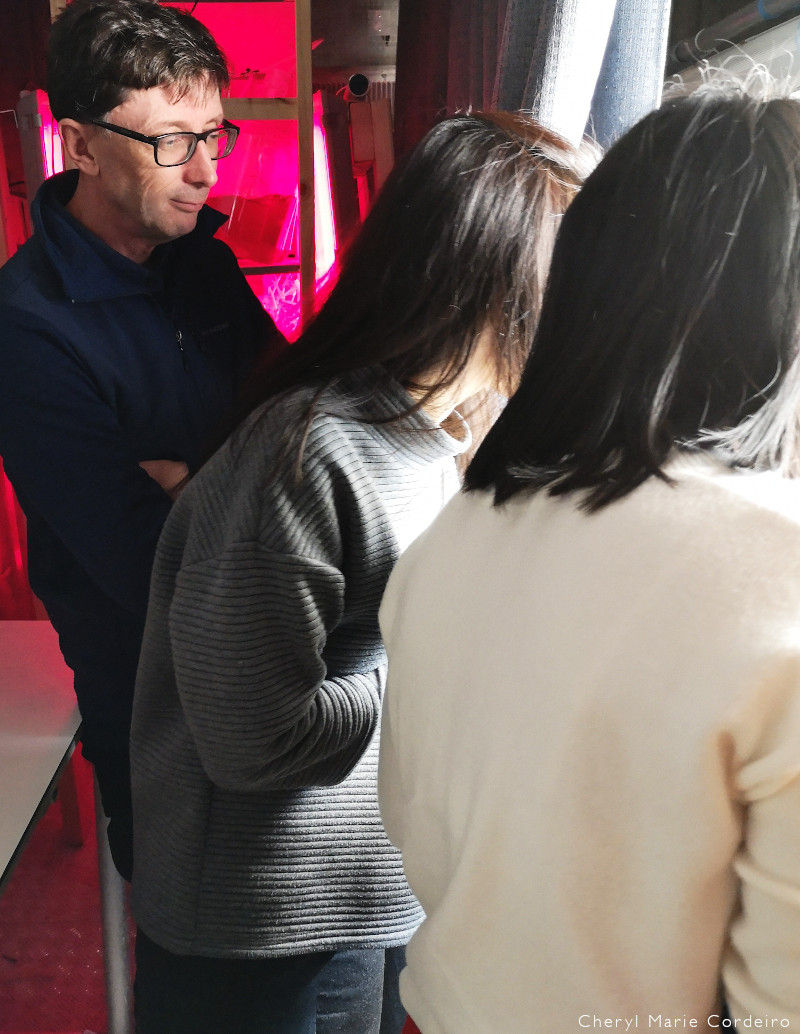


The development of light emitting iode (LED) devices in recent years has helped improve the photo environmental conditions under which seaweed / vegetables can thrive in artificial environments (Chen, Zou, Zhu, & Yang, 2017; Kanechi, Maekawa, Nishida, & Miyashita, 2016; Lüning, 1993).
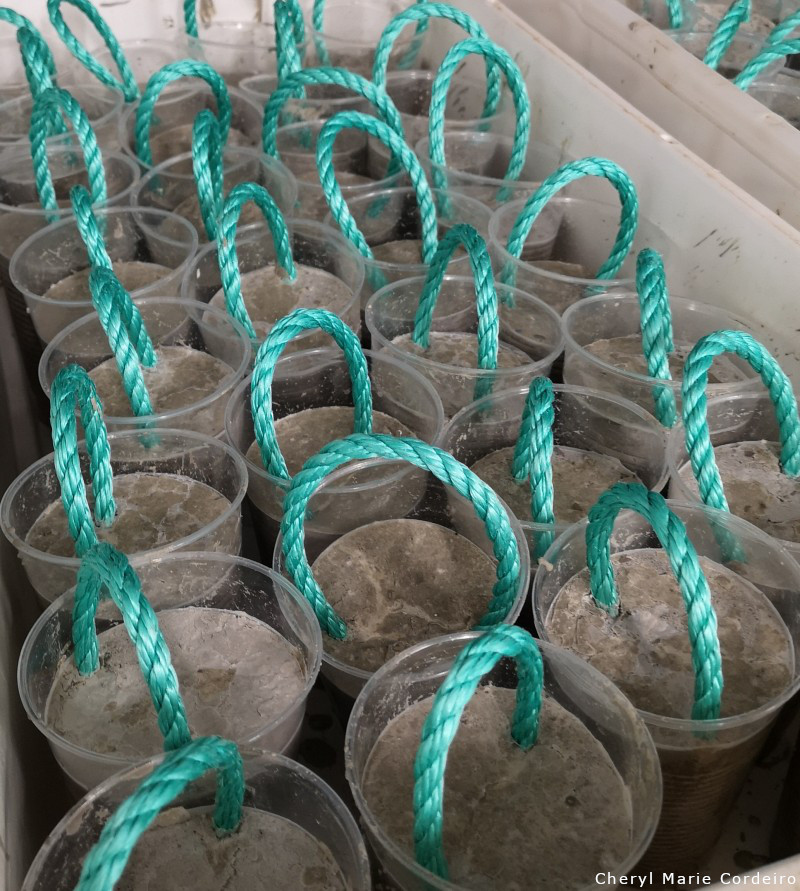
Cement sinkers for the offshore seaweed lines.
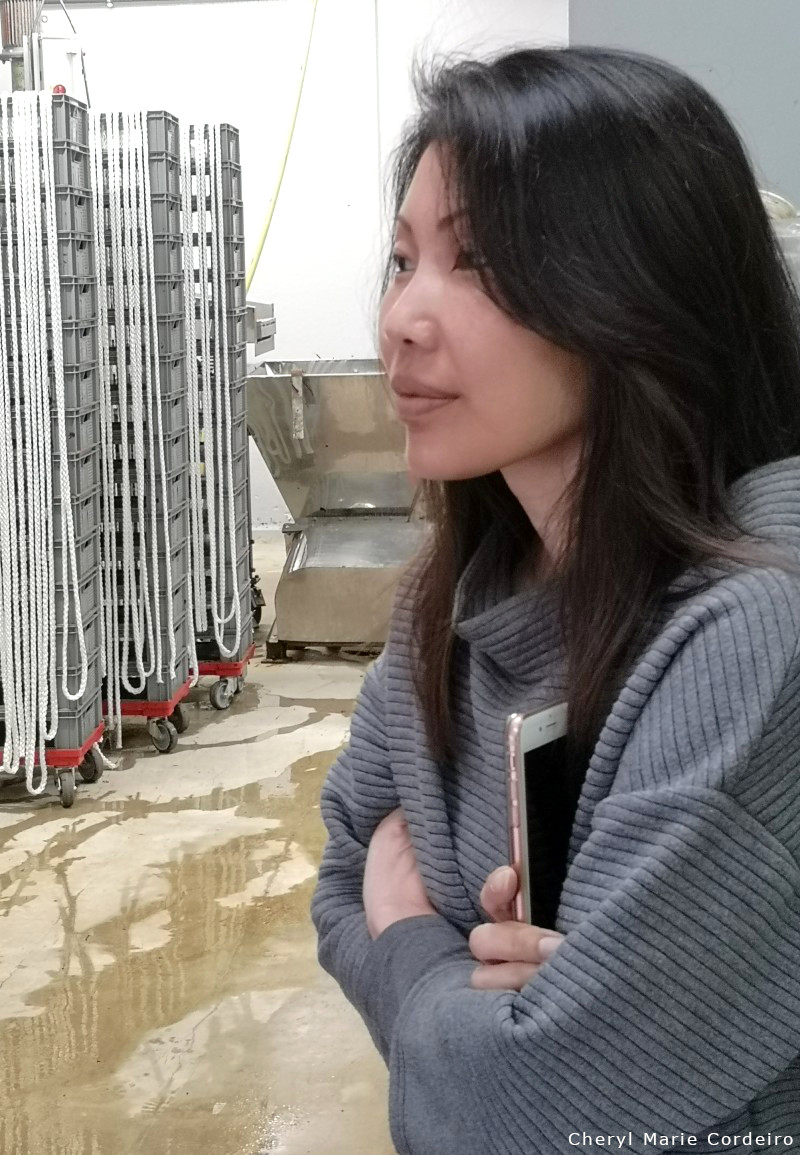
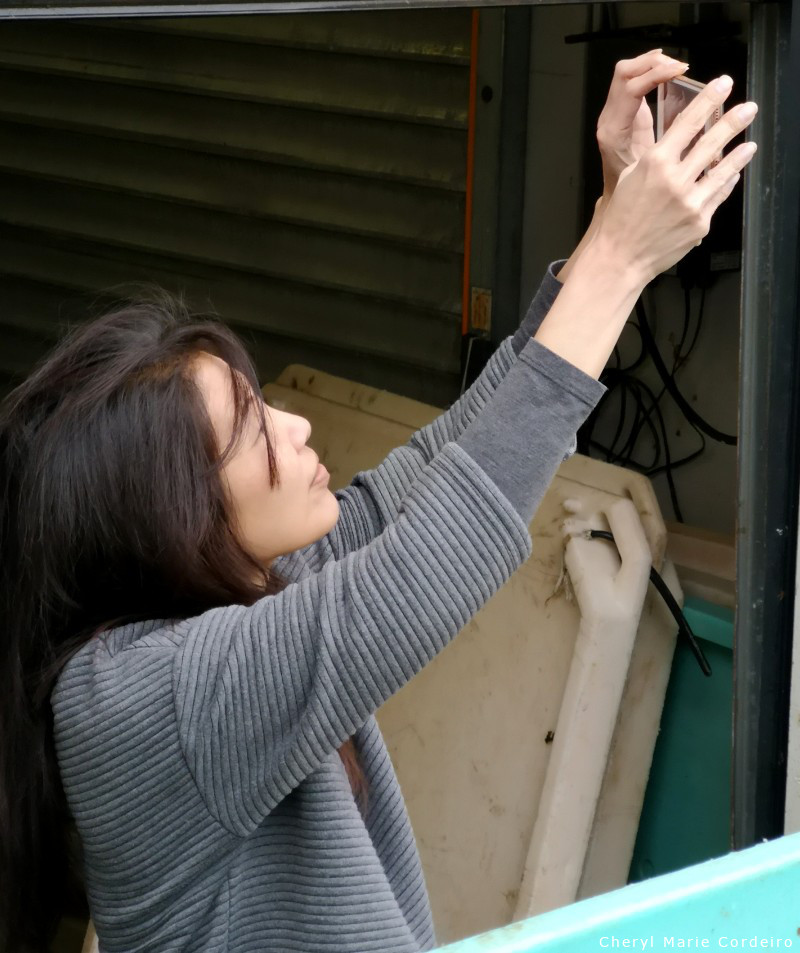
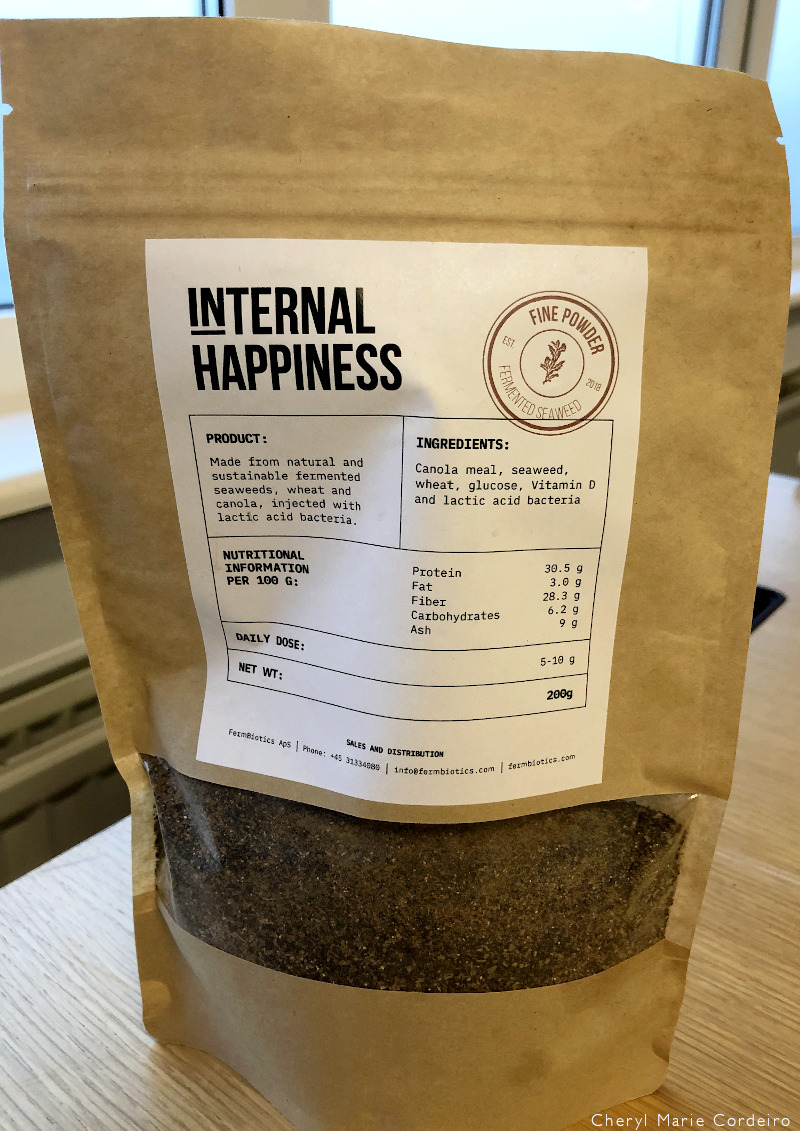
Internal Happiness, a product by Ocean Rainforest. Seaweed are known sources of diverse bioactive compounds. Rich in sulfated polysaccharaides (SPs) such as fucoidans in brown algae, carrageenans in red algae and ulvans in green algae. These compounds have beneficial effects when consumed such as anticoagulant, antiviral, antioxidative, anticancer and helps improve the body´s overall immune system (Rajapakse, 2011; Wijesekara, Pangestuti, & Kim, 2011)
The Færoe Islands in mild storm
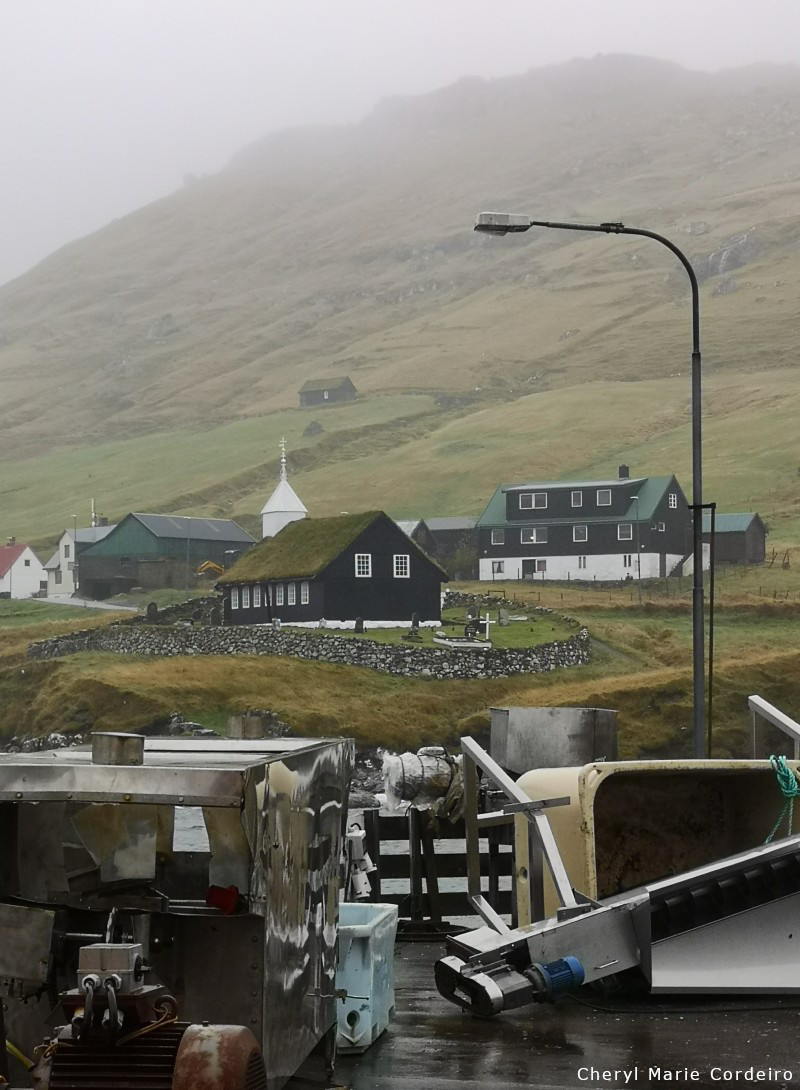
View inland from the dockside location of Ocean Rainforest offices on the Færoe Islands.
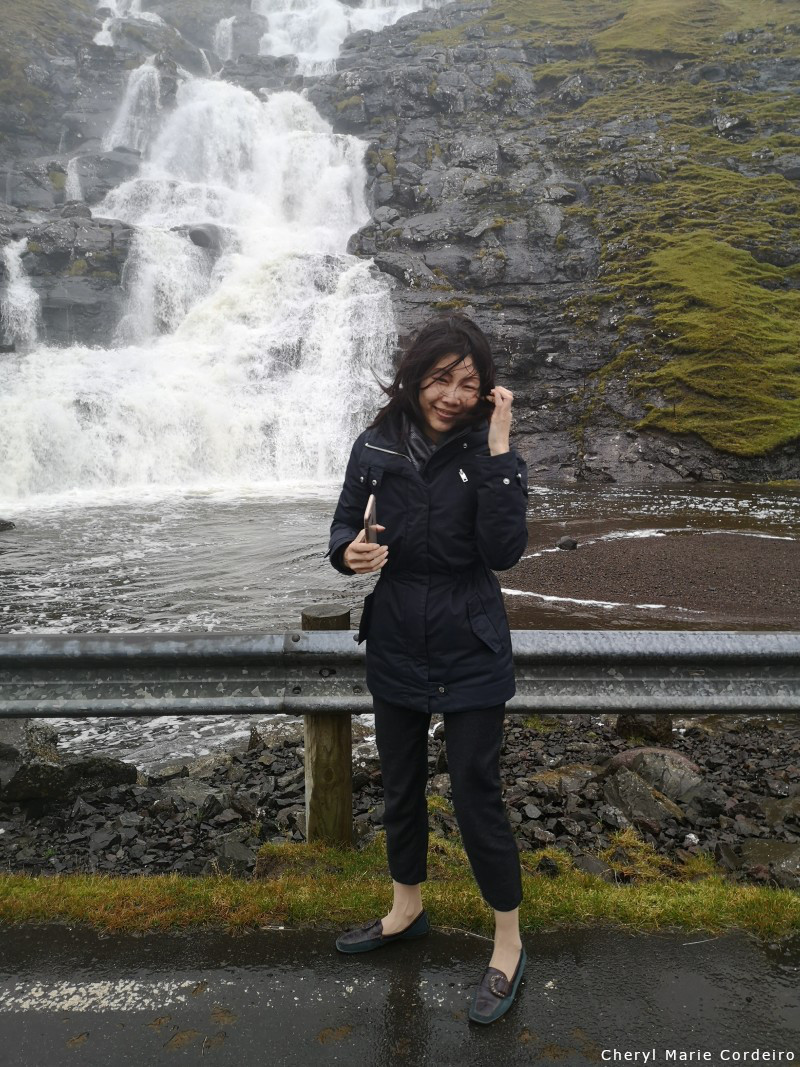
It was a very Færoe Islands weather day. Rain with strong winds. Still, the Færoe Islands have too beautiful a landscape to miss whilst driving by, so we stopped for a closer view of one of the larger waterfalls.
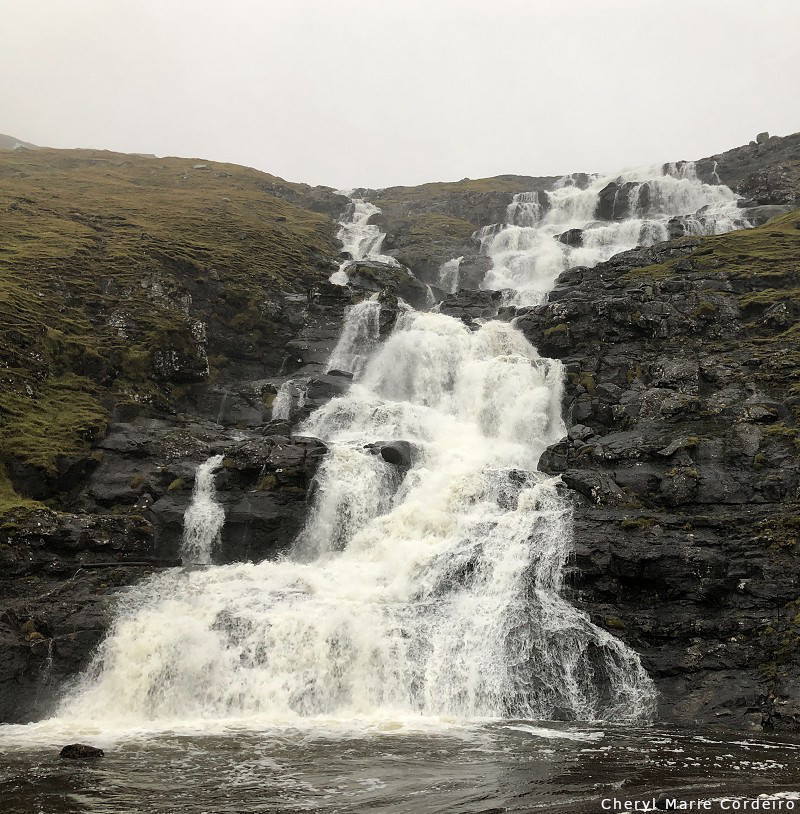

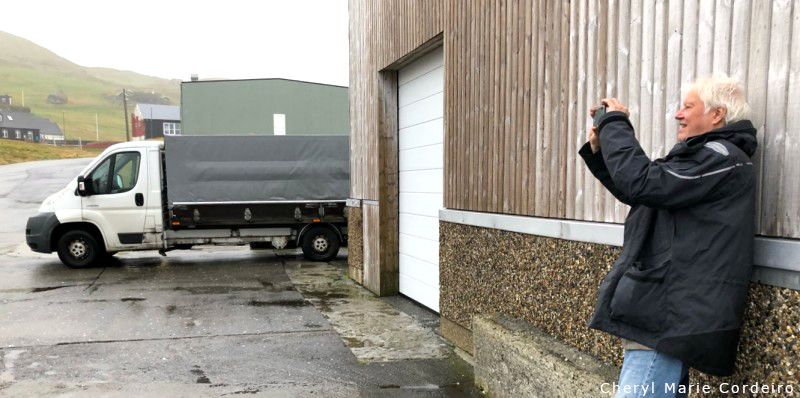
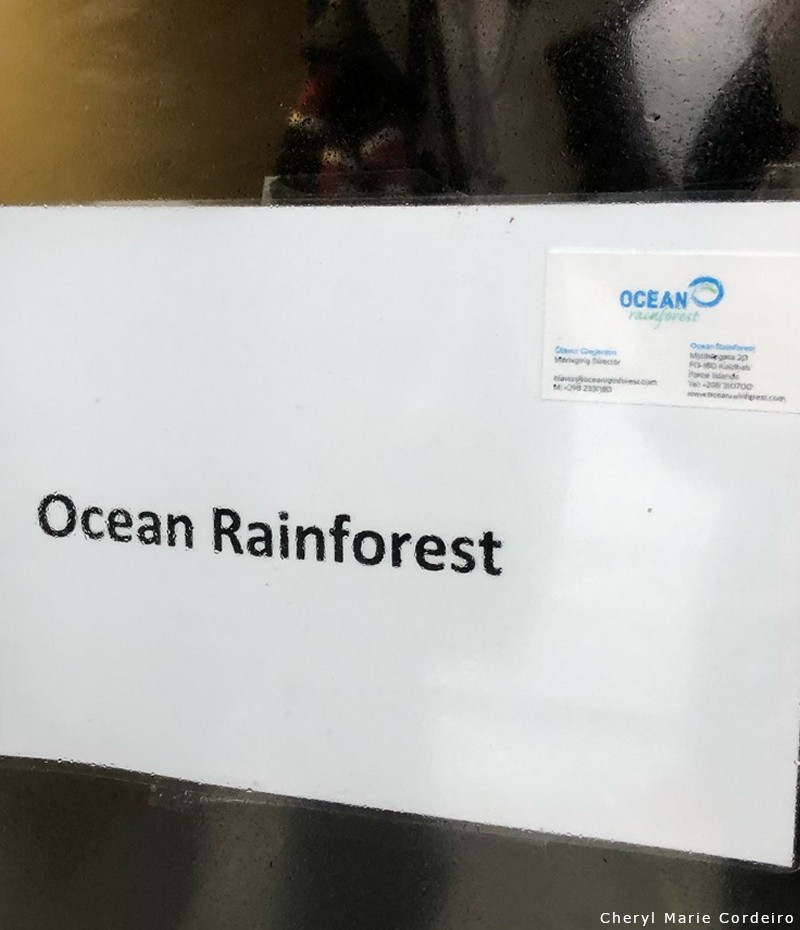
Cheryl Marie Cordeiro would like to express gratitude and thanks to Ólavur Gregersen, and the Ocean Rainforest team for making possible this company visit.
References
Bremnes, E. (2019). Low trophic aquaculture on the spotlight in new EU funded project | Nofima. Retrieved November 17, 2019, from Nofima website: https://nofima.no/en/nyhet/2019/06/low-trophic-aquaculture-on-the-spotlight-in-new-eu-funded-project/
Chen, B., Zou, D., Zhu, M., & Yang, Y. (2017). Effects of CO 2 levels and light intensities on growth and amino acid contents in red seaweed Gracilaria lemaneiformis. Aquaculture Research, 48(6), 2683–2690. https://doi.org/10.1111/are.13100
Duarte, C. M., Wu, J., Xiao, X., Bruhn, A., & Krause-Jensen, D. (2017). Can Seaweed Farming Play a Role in Climate Change Mitigation and Adaptation? Frontiers in Marine Science, 4, 100. https://doi.org/10.3389/fmars.2017.00100
Efstathiou, S., & Myskja, B. K. (2018). Appreciation Through Use: How Industrial Technology Articulates an Ecology of Values Around Norwegian Seaweed. Philosophy & Technology, (1). https://doi.org/10.1007/s13347-018-0301-y
FAO (2018). SOFIA 2018 – State of Fisheries and Aquaculture in the world 2018. Retrieved November 17, 2019, from Food and Agriculture Organization of the United Nations, FAO website: http://www.fao.org/state-of-fisheries-aquaculture
Indergaard, M. (2010). Tang og tare – i hovedsak norske brunalger: Forekomster, forskning og anvendelse. Norges teknisk-naturvitenskapelige universitet (NTNU) Retrieved from https://ntnuopen.ntnu.no/ntnu-xmlui/handle/11250/228180
Kanechi, M., Maekawa, A., Nishida, Y., & Miyashita, E. (2016). Effects of pulsed lighting based light-emitting diodes on the growth and photosynthesis of lettuce leaves. ISHS Acta Horticulturae 1134: VIII International Symposium on Light in Horticulture. Retrieved from https://www.actahort.org/books/1134/1134_28.htm
Lüning, K. (1993). Environmental and internal control of seasonal growth in seaweeds. In Fourteenth International Seaweed Symposium (pp. 1–14). https://doi.org/10.1007/978-94-011-1998-6_1
MacArtain, P., Gill, C. I. R., Brooks, M., Campbell, R., & Rowland, I. R. (2008). Nutritional Value of Edible Seaweeds. Nutrition Reviews, 65(12), 535–543. https://doi.org/10.1111/j.1753-4887.2007.tb00278.x
Mara Seaweed. (2016). A Short Guide to the Flavours of Mara Seaweed. Retrieved November 17, 2019, from Mara Seaweed website: https://maraseaweed.com/blogs/news/a-short-guide-to-the-flavours-of-mara-seaweed
Milledge, J., Smith, B., Dyer, P., & Harvey, P. (2014). Macroalgae-derived biofuel: a review of methods of energy extraction from seaweed biomass. MDPI (Multidisciplinary Digital Publishing Institute) Retrieved from https://www.mdpi.com/1996-1073/7/11/7194
Ocean Rainforest. (2010). Full range — Ocean Rainforest. Retrieved November 17, 2019, from Ocean Rainforest website: http://www.oceanrainforest.com/our-products-1
Rajapakse, N. (2011). Nutritional and Digestive Health Benefits of Seaweed. Advances in Food and Nutrition Research, 64, 17–28. https://doi.org/10.1016/B978-0-12-387669-0.00002-8
Roque, B. M., Brooke, C. G., Ladau, J., Polley, T., Marsh, L. J., Najafi, N., … Hess, M. (2019). Effect of the macroalgae Asparagopsis taxiformis on methane production and rumen microbiome assemblage. Animal Microbiome, 1(1), 3. https://doi.org/10.1186/s42523-019-0004-4
Wijesekara, I., Pangestuti, R., & Kim, S.-K. (2011). Biological activities and potential health benefits of sulfated polysaccharides derived from marine algae. Carbohydrate Polymers, 84(1), 14–21. https://doi.org/10.1016/J.CARBPOL.2010.10.062
